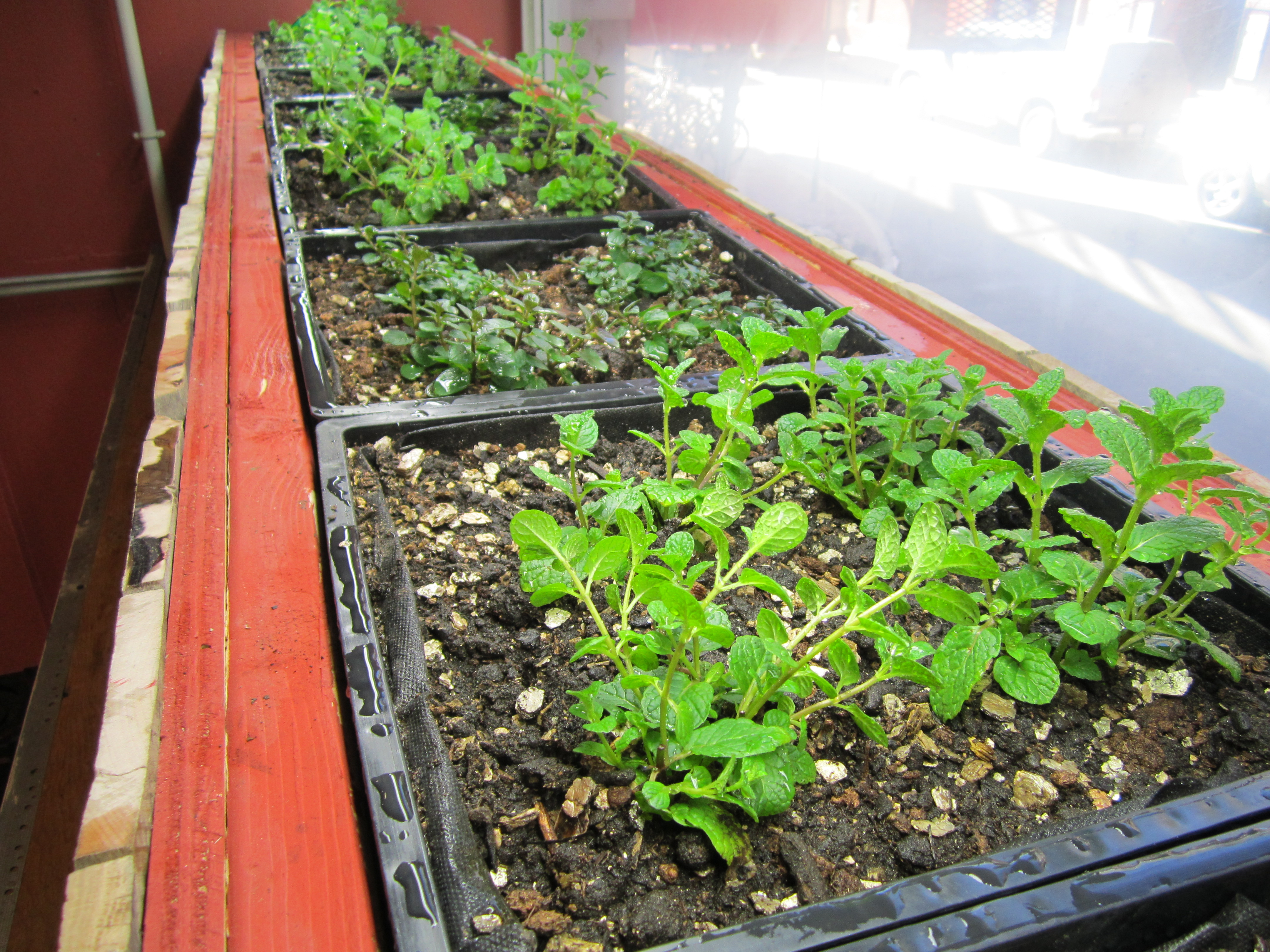There are several myths, or shall we say potential deterrents, to farming in urban areas and particularly in New England. There's not enough space, there's not enough light, the season is too short, it's not profitable. This blog is dedicated to dispelling these untruths and proving that not only is urban farming possible around Greater Boston, but it can be wildly successful with the right location, tools, know-how and mindset.
Location, location, location! At this latitude, the most important aspect of location is the sun exposure. As long as you've found a space (ANY space) with at least 6 hours of sun exposure, your urban farm is good to grow. This may mean adding some elevation by growing a rooftop farm instead of a street-level farm. With the abundance of unused rooftops in and around Boston, there's no shortage of space! Or creating a milk crate farm indoors with windows and additional grow lights.

The tools are available as well - Recover Green Roofs for the engineering and build (if you want a production-level rooftop farm), Green City Growers for the planting and maintenance (or the build, install, and maintenance of non-rooftop farms), and additional service providers like Best Bees and Yardbirds Backyard Chickens to really round out your urban farm.
Know-how can be hired or learned. For growing in urban spaces in New England, local authors Allison Houghton and Jessie Banhazl's book "The Urban Bounty: How to Grow Fresh Food Anywhere" is an in-depth, how-to, step-by-step guide. Prefer learning in person with instructors and hands-on activities? An Urban Farming Certification Course is periodically offered, taught by a handful of local experts. And there are all sorts of free resources, like planting schedules that detail what you can grow, available online.
Ultimately, urban farming in Boston comes down to planning, doing the homework, and setting the right expectations up front to guarantee success.



